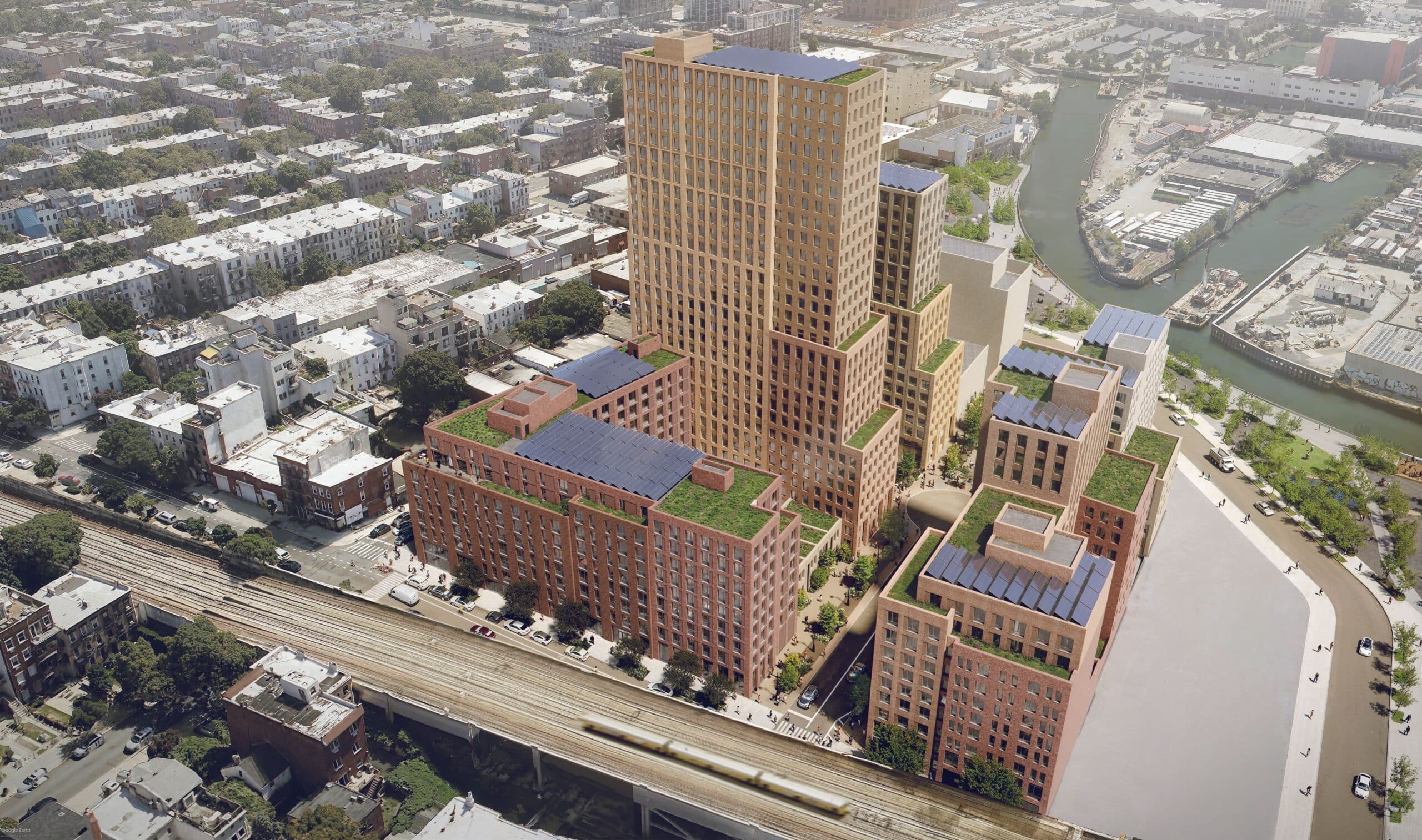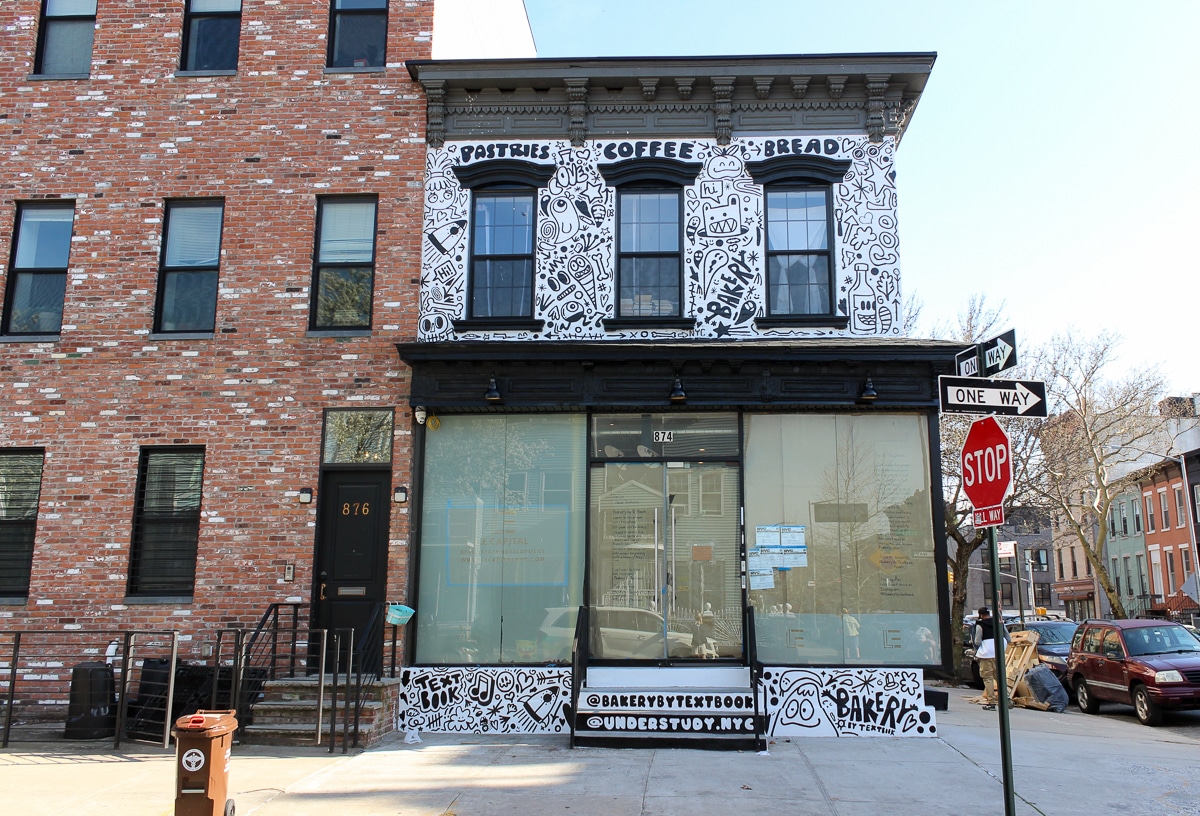Walkabout: Clash of the Titans, Part 3
Late 19th century Brooklyn was home to many military regiments, which were all a part of the Army National Guard, the nation’s volunteer army. The Gilded Age that followed the Civil War was built on the rise of industry, and that rise was predicated on a growing gap between the haves and the have-nots. The…

Late 19th century Brooklyn was home to many military regiments, which were all a part of the Army National Guard, the nation’s volunteer army. The Gilded Age that followed the Civil War was built on the rise of industry, and that rise was predicated on a growing gap between the haves and the have-nots. The huge influx of immigrants to New York, the rise of labor unions and violent labor conflicts, and the atrocious crowding and horrible conditions in our cities’ slums gave rise to the upper class’s reliance on the National Guard to keep the peace by keeping the lower classes where they felt they belonged, i.e.: away from them. Armories, like the fortresses of old, were designed and built to impress, deter and protect. Between 1870 and 1900, seven armories were built in Brooklyn alone. Manhattan had six. The entire rest of the state had fourteen. The state of NY had its house architect, Isaac G. Perry, who designed some of the city’s armories, and most of upstate’s. An independent contract to design and oversee construction of a new Brooklyn armory would be a career feather in the cap to anyone who got the job, and the chance to design what would probably be the largest building of a career. Rudolph L. Daus had won that contract to design a new armory for the 13th Regiment, but would he win the war between himself, and the commandant of the 13th, Colonel David E. Austen?
The plan was selected “>(part 1), the cornerstone laid (part 2), and the problems continued. It soon became quite obvious that the project was vastly over budget, and more money was needed. Even Colonel Austen, who had harangued Daus in the press and in public for thinking too big, was now advocating for another $100K from the city to build a proper armory. But what’s a proper armory? Manhattan’s 7th Regiment, long the rich boy’s regiment, had set the bar very high. Their new armory at 68th and Park was a splendid affair, with an administration building designed in the finest Gilded Age splendor by the likes of Louis Comfort Tiffany, Stanford White, the Herter Brothers and others. It quickly became the gold standard for armories, and everyone wanted something similar, in funds expended, if not looks. There were at two other armories going up in Brooklyn at this same time, the 23rd Reg. Armory in nearby Bedford, on Atlantic Avenue, and the 14th Reg. Armory on 8th Avenue in Park Slope. Unlike the 13th, these two structures were state sponsored and paid for, and were going up with no major problems or controversy, and would be open well before the 13th was finished, even though both of them were started several years after the 13th. Both boasted luxurious officer’s quarters, and state of the art facilities, including large open drill sheds, basement shooting ranges, and other athletic and sanitary amenities. Colonel Austen wanted the same for his armory, and he was determined to get them.
The Colonel used the costs of other state armories as a comparison, some of which were slightly over budget, saying in effect, that things cost more in Brooklyn, so he should get to go over budget at least twice as high. The Brooklyn Eagle, in an editorial in Jan. of 1893 said, Colonel Austen has a great capacity for making people tired. He is unconscious of this faculty because he never fatigues himself. The people of Brooklyn wanted to have this thing done, already. Yet this was not to be. In April, ’92, the carpenters went on strike to support the ironworkers, who were replaced by non-union workers, in their own disputes with management. Disgusted with that, and other cost over runs and reports of incompetence, the Mayor’s Commission for the armory demoted Daus, taking away his job as site supervisor. It appointed Ernest Lamb to take his place, at a lower 1.5% commission. In May of that same year, they had a big meeting, chaired by the Brooklyn County Treasurer, Harry Adams. During a long droning meeting, he interrupted to say, I should like to know when they expect to complete this armory? Does anyone here know? Can anyone here answer the question? Daus announced that he expected to be done in March, if no more changes were made, and if funds were forthcoming. Adams laid down the law, We have been three or four years at this work and we don’t seem to be near the end yet. It is all caused by bungling. We meet here from time to time and change this and change that, undoing at one meeting what we had done at another. I am tired of this sort of thing and want the armory completed. With a dual mastery of bad timing, after this exasperated speech by Adams, Colonel Austen called for a vote to have the building wired, and $4,500 spent to build a retaining wall for the swimming pool. Architect Daus asked to be paid monthly, the same as his contractors. Both men were set upon by the commission, and neither motion passed.
By September, 1893, Colonel Austen had a new complaint. He wrote to the mayor that the floors in the armory are not level. He said, I object to the floors being not level, and I object to the beams being notched to cover up error, weakening same. When asked about it, Mr. Lamb, now the supervising architect, passed the buck to Daus, saying the designs were off. Daus said the Colonel was making a mountain out of a molehill, and the problem would be fixed at no extra cost. The work continued.
On April 24th, 1894, the 13th Regiment marched for the last time from their old HQ on Flatbush, to their new armory on Sumner and Jefferson. The bands played, the flags flew, and it looked like the job was done. But that would be too easy. By October, the roof and the basement were leaking. Badly. The Colonel had long complained that the roofing material was inferior quality, and that the job was poorly done. Architect Daus had defended both, saying that the contractor was highly recommended, and had used a superior material. An independent contractor was sent to inspect, and the Colonel was right. The roofer had used a cheaper grade of tin, and had not installed it in the manner that he should have. The roof would need massive repair and in places, replacement. Meanwhile, another complaint of the Colonel was coming true. He had long before complained that the drill hall had been made too small, when 160′ was lopped off to make room for towers and other features. He was right, and plans had to be made to put an addition on the building. The firm Parfitt Brothers would be commissioned to do the job in 1906. But the Colonel finally had his armory. By that September, local residents were complaining that the soldiers were making too much noise, singing loudly at all times of day and night. And so it goes. The National Guard called the armory home until the 1970’s.
Rudolph Daus, an immensely talented architect, dropped the ball on several occasions, and perhaps took on a project too big for him to handle. He got greedy, too. He was also not used to being questioned, or working with difficult people in the public eye. Colonel David Austen retired from the command of the 13th in 1895, after 35 years of command, saying he was tired, and wanted to go yachting. He was Secretary of the Atlantic Yacht Club, and was looking forward to balmy weather and good breezes. He was probably right more often than not, in matters pertaining to the armory, but he did not know how to cooperate with others, either, and made matters worse by escalating everything into a battle royal. The Brooklyn commission that over saw the project went through three mayors, and their many commissioners, between announcing the design contest, and the armory opening. They, too, dithered and played politics, courted the press, and watched Daus and Austen go up in flames, often to their great enjoyment, without doing much to move the process along. All in all, the armory ended up costing the city $700,000, over twice the original estimate. If you include the 1906 Parfitt Brothers extension, which should have been built in the first place, the 13th Regiment Armory took 17 years to build. Would it have been any different today?
Research for this series: Brooklyn Daily Eagle, New York Times, New York’s Historic Armories: An Illustrated History, by Nancy L. Todd.
(Photo: NY Public Library. Colonel David E. Austen, 1892)












LOL, BSM! Perfect answer.
Loved the Clash of the Titans, MM. It screams to be made into a movie with Colin Firth as Daus and Jeremy Statham ass Austen. Alternatively, Robert Duvall or Steven Seagal, depending on how dislikable you want Austen to be. And there needs to be a woman somewhere so I suggest Catharine Zeta-Jones for any role 🙂
Would it have been any different today?
Two words, 911 memorial.
Great story MM.
wow, what a soap opera. It should end with one of them being tossed off the parapets like in Tosca.
It is astounding how much money was spent buildings these behemoths.
Today the question is what to do with them? Two or three armories I think we could use but seven?